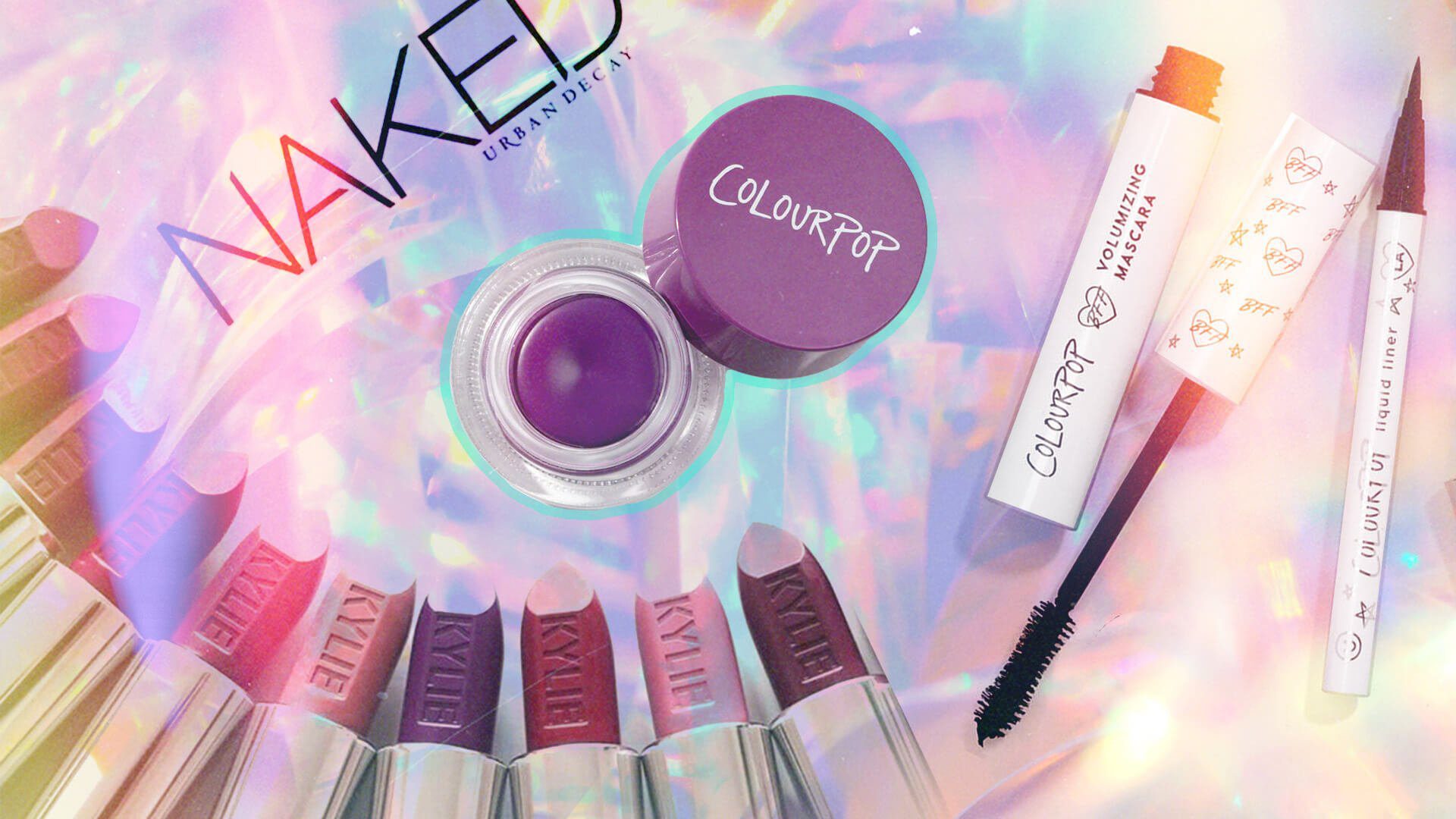Broken, a new docuseries on Netflix, examines the sale of potentially harmful products and exposes the danger behind popular consumer goods like vape pens and single-use plastics. Episode one, “Makeup Mayhem,” tackles the world of counterfeit cosmetics.
Counterfeit cosmetics are cheaply made copies of name-brand makeup sold at swap meets, street markets and third-party sellers like eBay and Amazon. “Makeup Mayhem” describes the sale of counterfeit cosmetics as a “more lucrative opportunity than the sale of narcotics.”
Whether you’re a makeup artist, influencer or a consumer, this illegal market affects you.
Here’s what we learned.
The Cost of Counterfeits
For counterfeiters, the entire business is a cash grab, so they use cheap ingredients (like arsenic, lead and mercury) and work in dangerous environments to cut costs. Even harmful bacteria from urine and fecal matter are sometimes found upon examination. These ingredients have been known to cause dangerous infections like impetigo, pink eye and many more skin conditions.
A $10 Urban Decay palette may seem like a steal, but when it contains these harmful ingredients, the only thing it’s stealing is your health.
The Role of Influencers
To consumers, the name is oftentimes more important than the actual product. In “Makeup Mayhem,” one counterfeit cosmetics purchaser describes owning name-brand makeup as a “status point.” The thinking goes that if your friends and fellow makeup lovers see you using a Kylie Lip Kit, you have taste and the money to buy the product.
Makeup gurus, like Kylie Jenner and Huda Kattan, take advantage of this and use scarcity marketing to promote exclusivity around their brands. By only making a small amount of product for a high demanding market, these influencers are making consumers want their products even more.
But when shoppers can’t get their hands on the “sold out” items, they go to dangerous lengths to find them elsewhere.
What’s Next
Although law enforcement is aware of this issue and do their part in trying to stop the sale of counterfeit cosmetics, it’s not enough. As artists and consumers we need to make ourselves aware of the signs.
To do so, the documentary recommends looking out for the 3 P’s: Price, Place and Packaging. Always ask yourself:
- Would a name-brand product really be sold at such a low price?
- Does the website or street vendor look legit? Is it a third-party seller?
- Are there misspelled words on the packaging? Is the coloring off?
Have you been duped in the past? Sound off in the comments!







